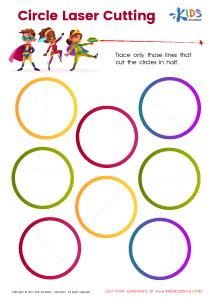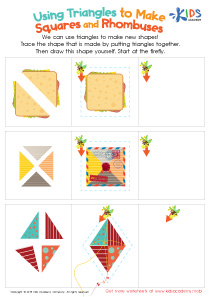Normal 2D Shapes Worksheets for Ages 3-9
33 filtered results
-
From - To
Explore the fascinating world of 2D shapes with our engaging worksheets designed for children aged 3-9! Our expertly crafted activities provide a fun and effective way to introduce and reinforce shape recognition, identification, and classification. Whether circles, squares, triangles, or rectangles, these worksheets help budding mathematicians grasp essential concepts through interactive exercises and colorful illustrations. Perfect for home or classroom use, each worksheet aims to develop critical thinking and visual-spatial skills in young learners. Foster a love for math from an early age with our comprehensive collection of 2D shape worksheets!
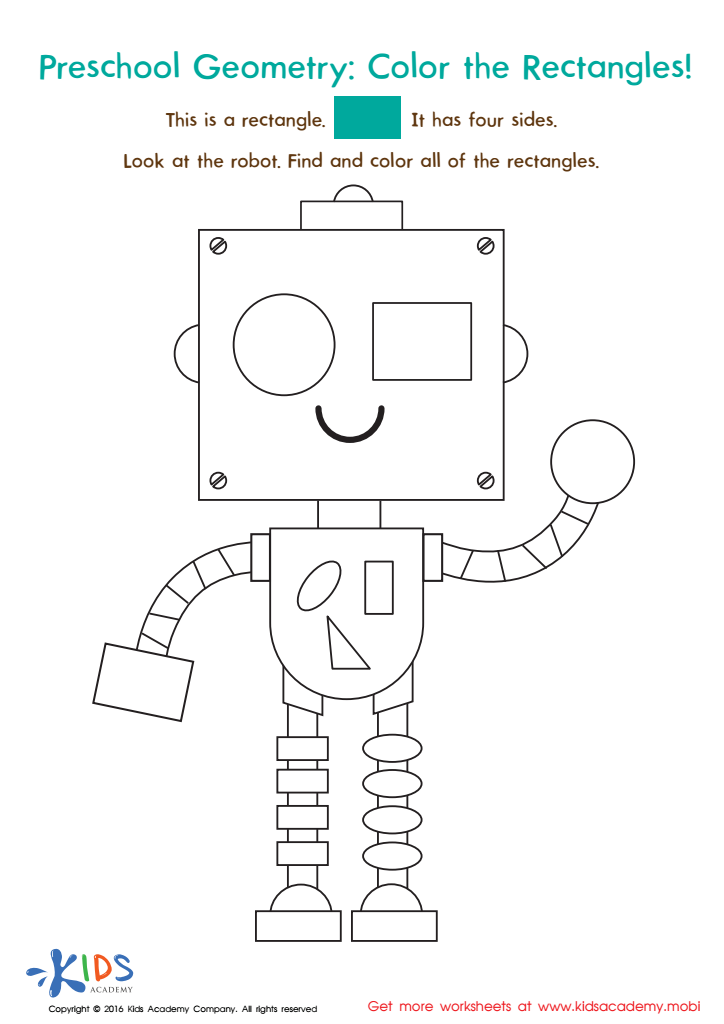

Geometry Worksheet
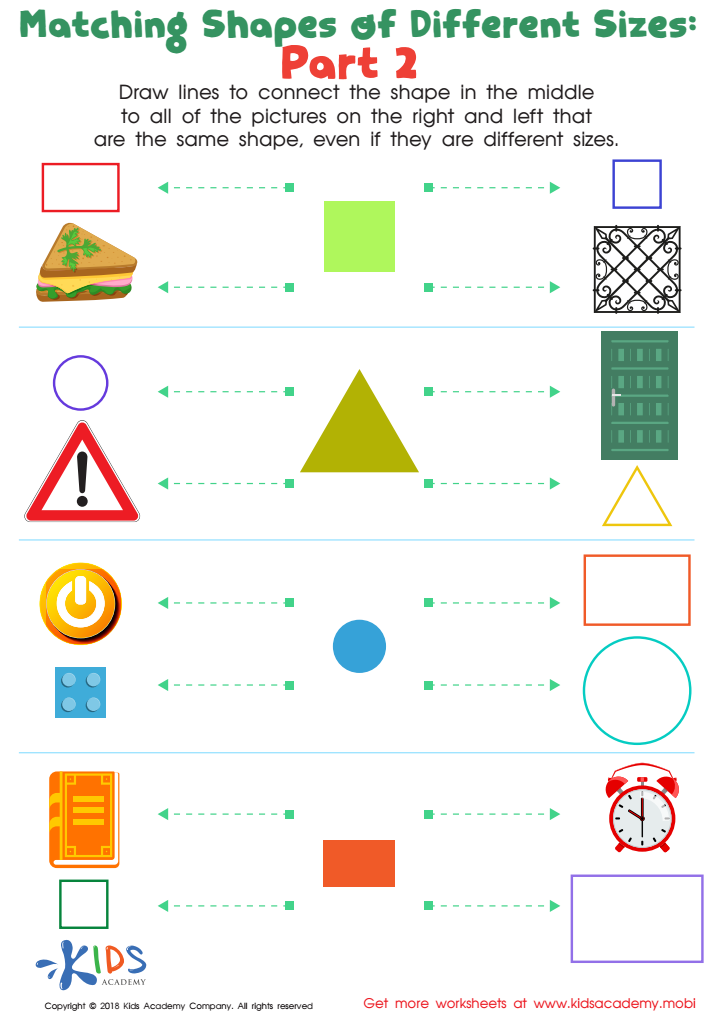

Geometry: Part 2 Worksheet
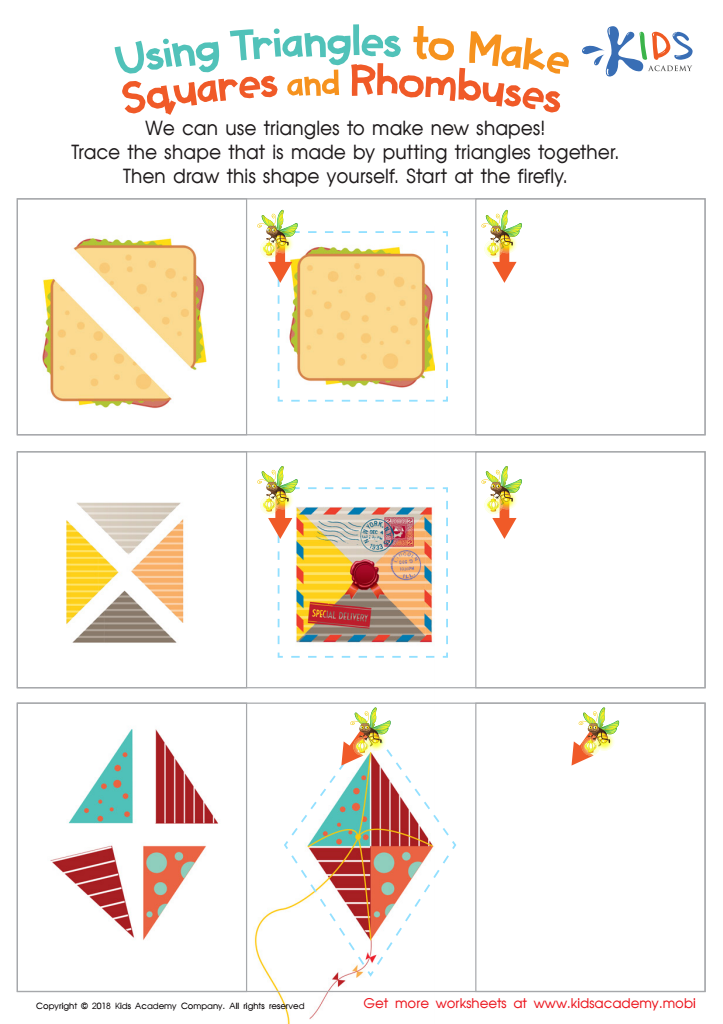

Using Triangles to Make Squares and Rhombuses Worksheet
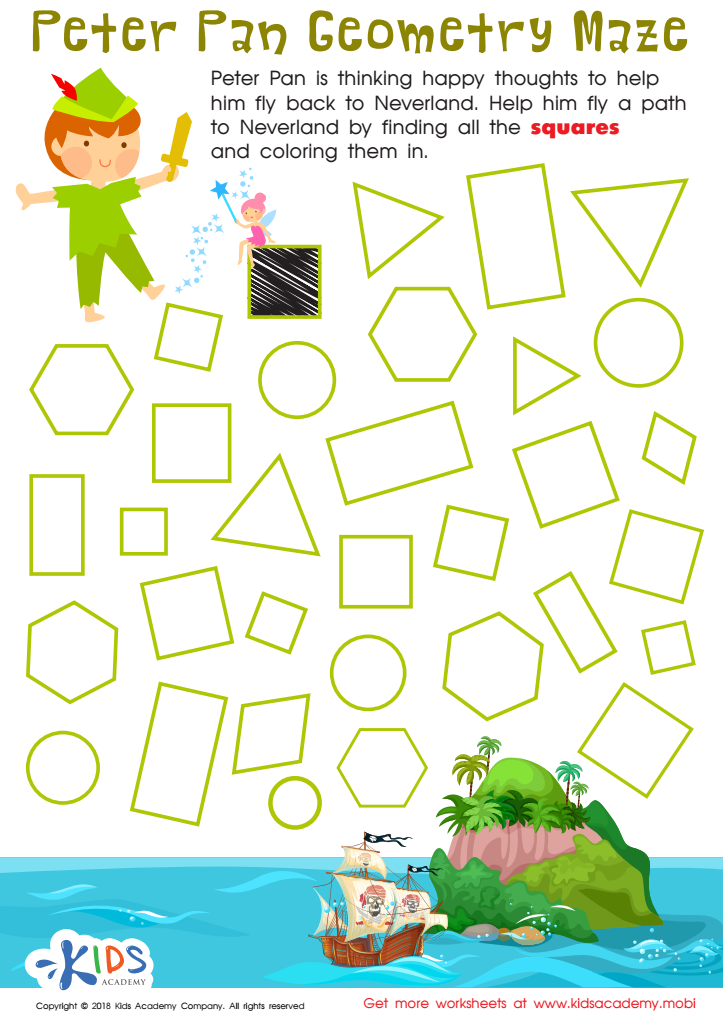

Peter Pan Worksheet
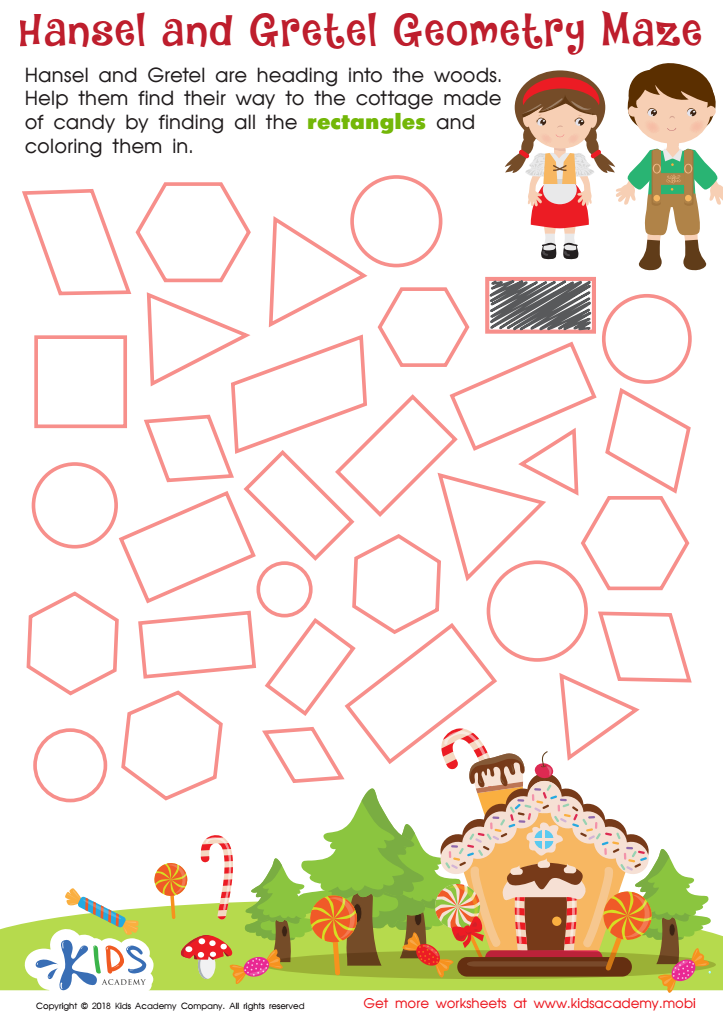

Hansel and Gretel Geometry Maze Worksheet
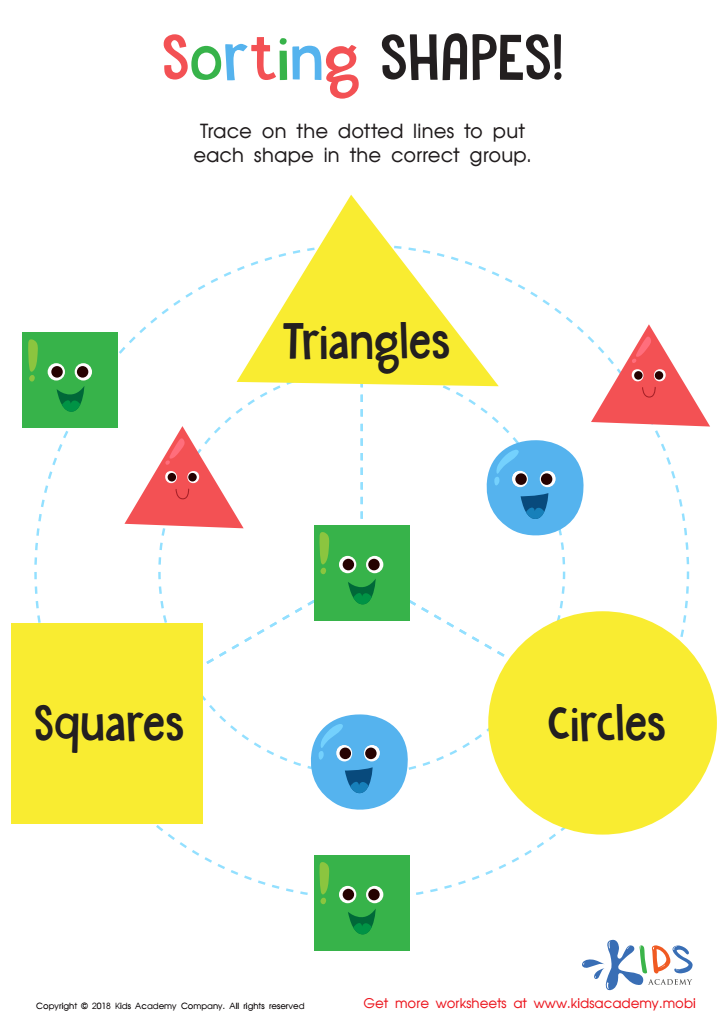

Sorting Shapes - Part 3 Worksheet


Drawing a Triangle Worksheet
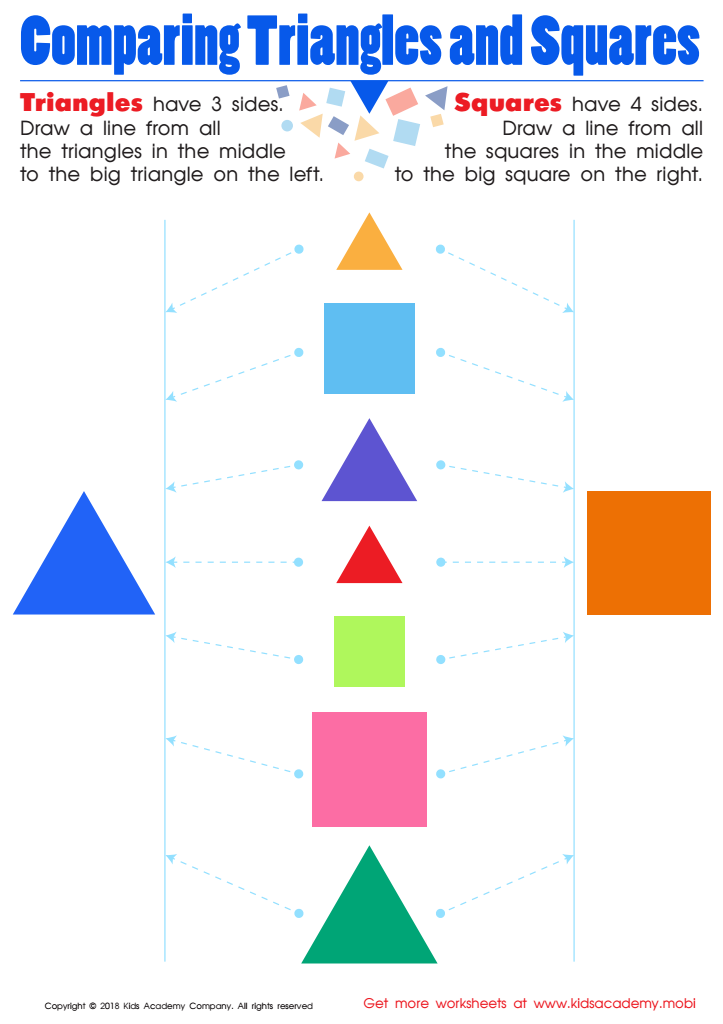

Comparing Triangles Squares Worksheet
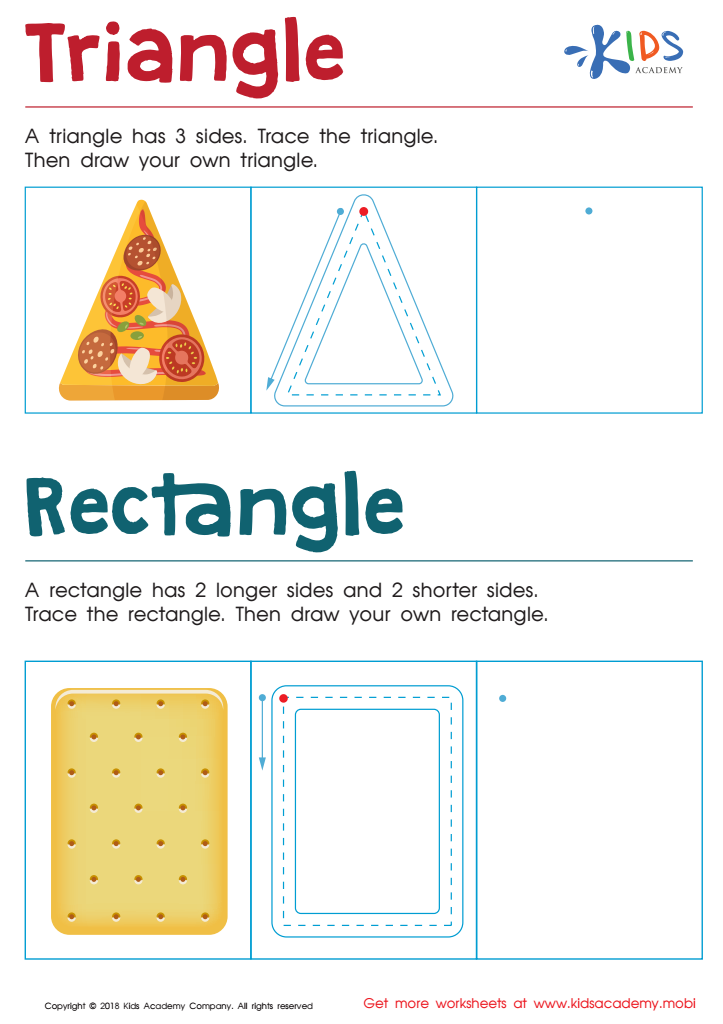

Triangle Rectangle Worksheet
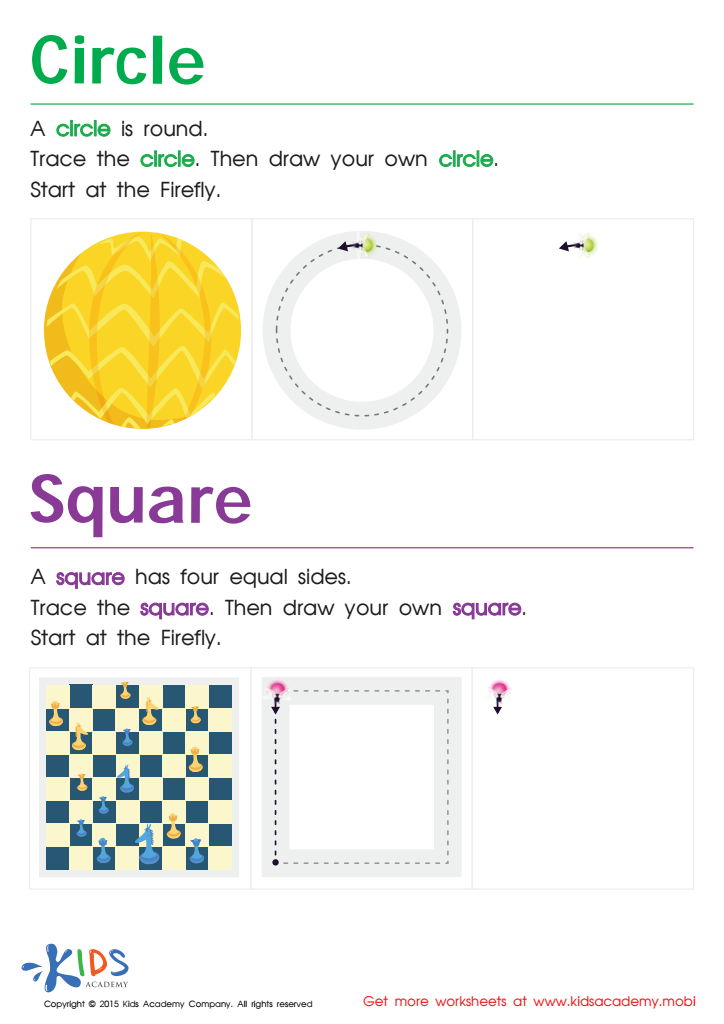

Trace And Draw a Circle And a Square Worksheet
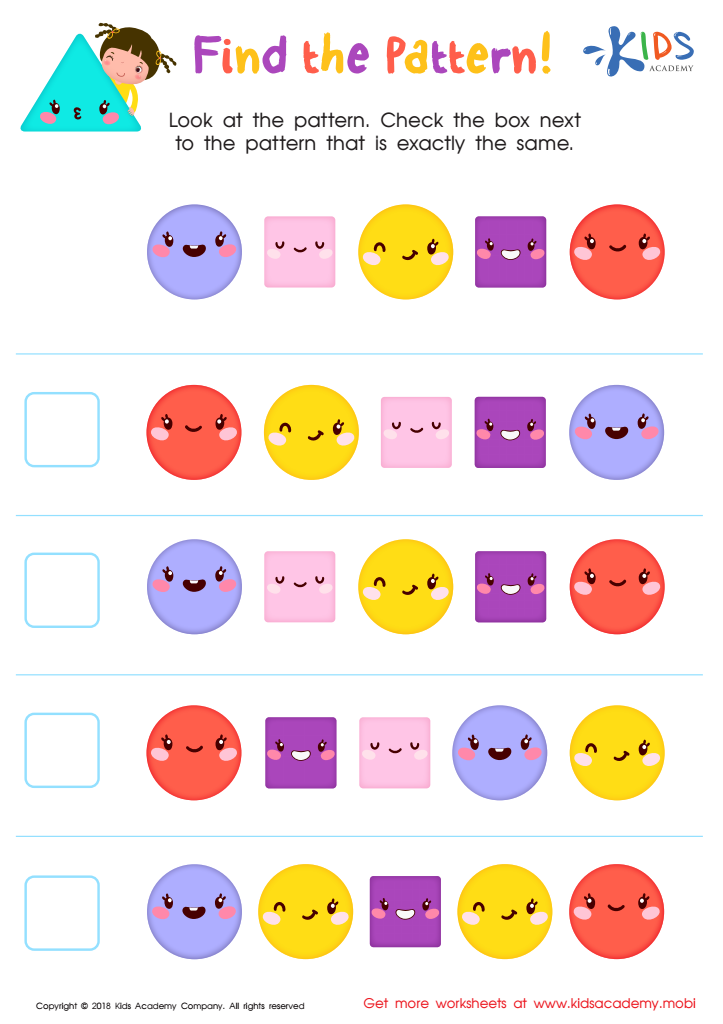

Find the Pattern Worksheet
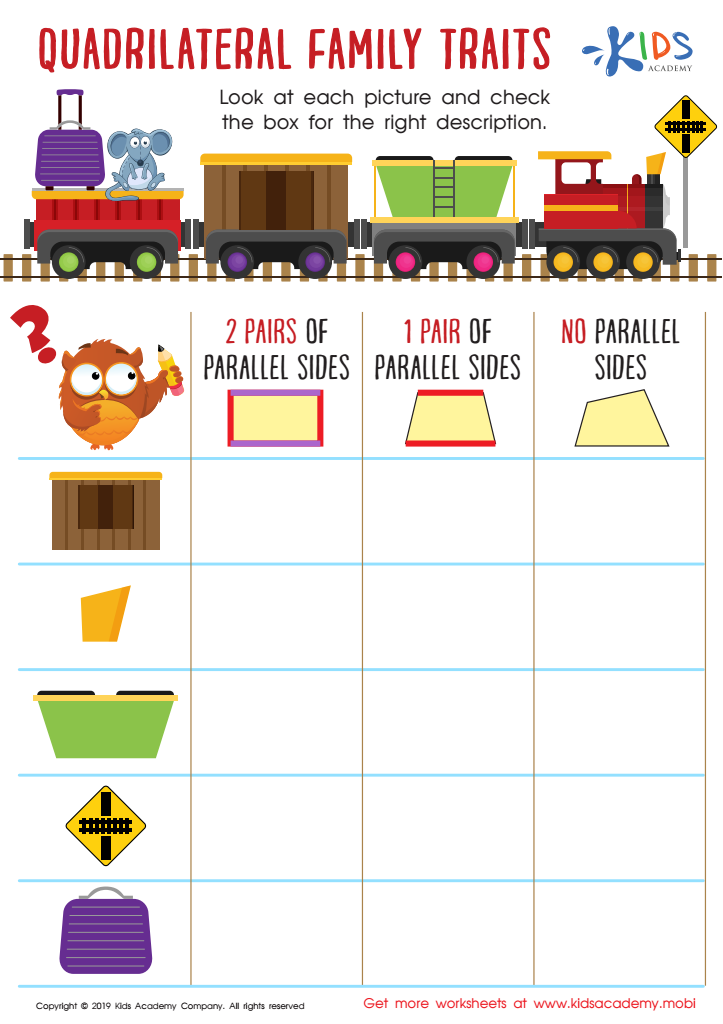

Quadrilateral Family Traits Worksheet


Shapes of All Sizes Worksheet
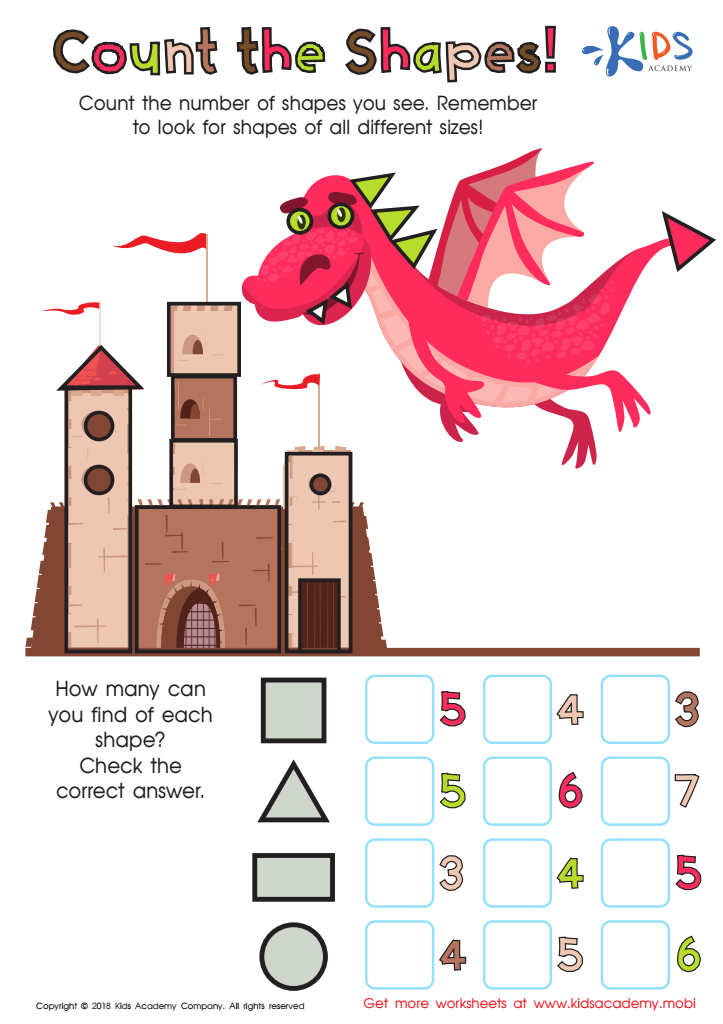

Count the Shapes Worksheet
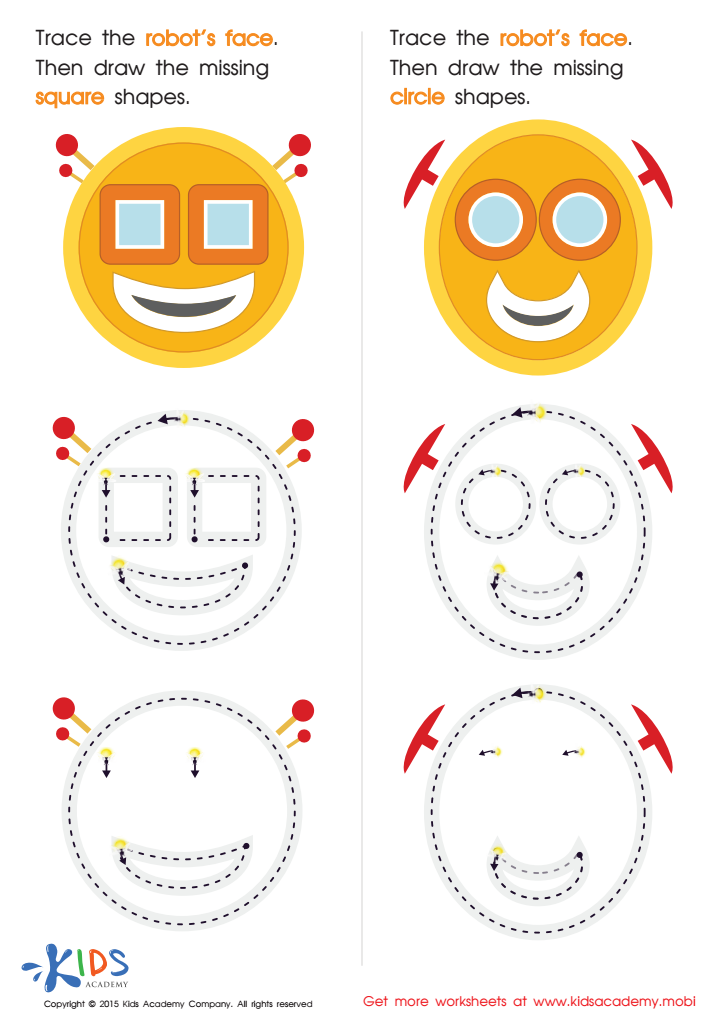

Practicing to Draw Circles And Squares Printable
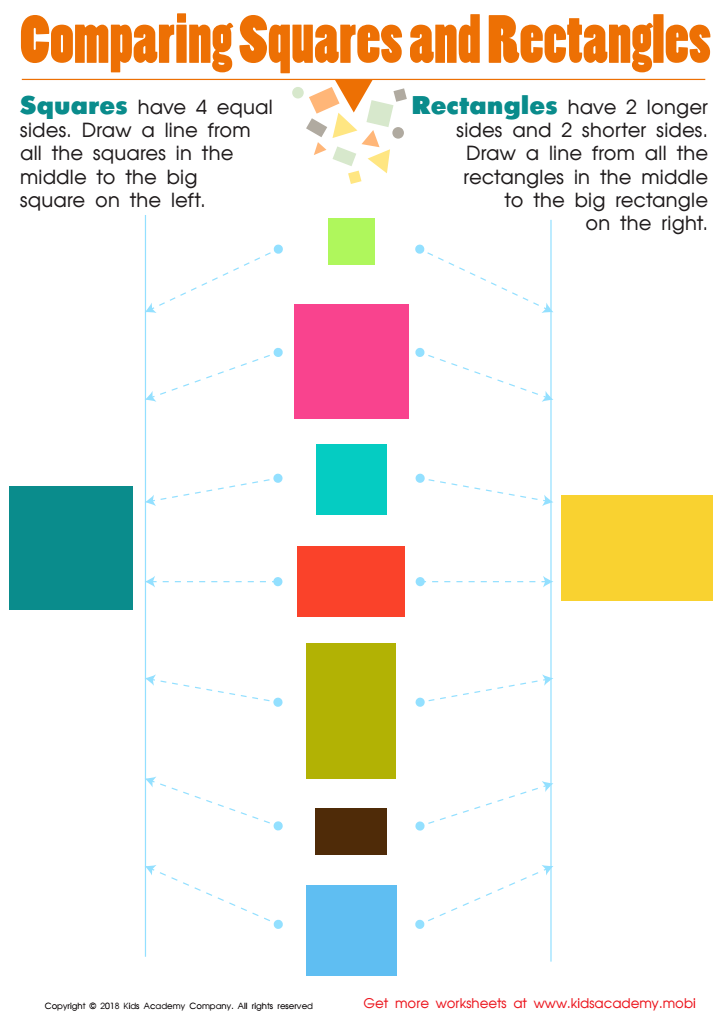

Comparing Squares Rectangles Worksheet


Geometry: part 1 Worksheet
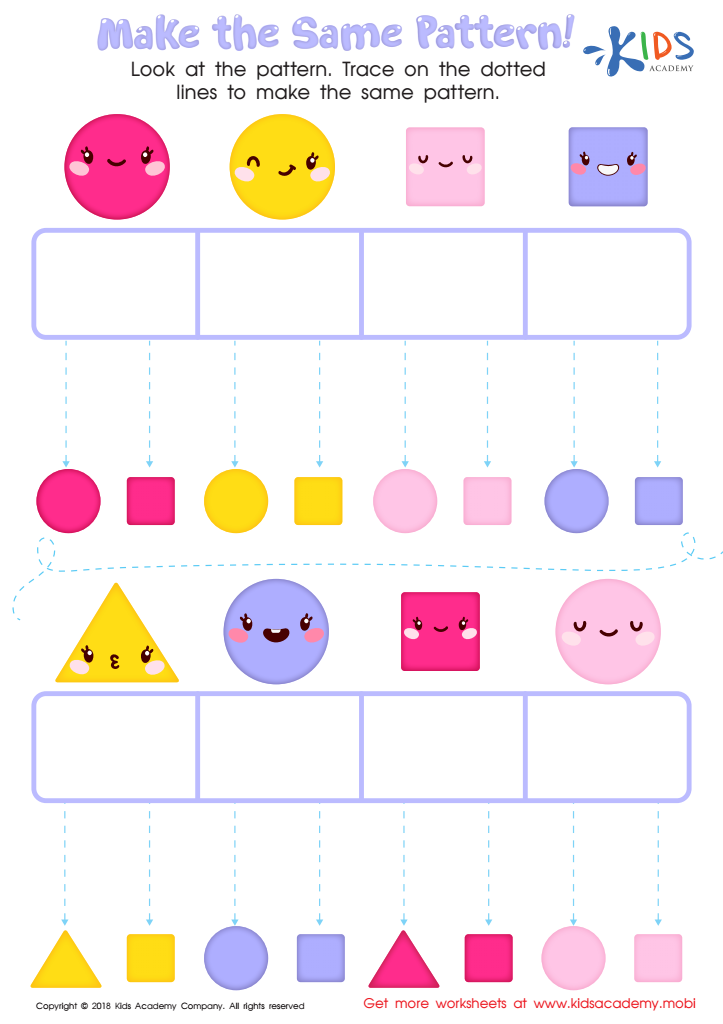

Make the Same Pattern Worksheet
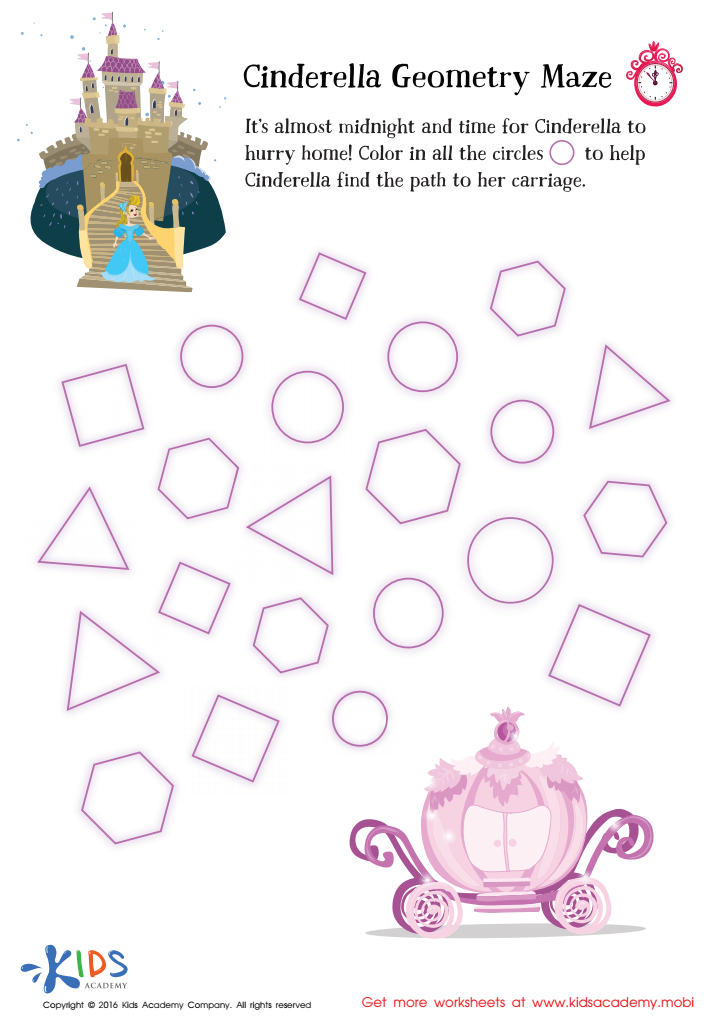

Cinderella Geometry Maze Worksheet


Preschool Geometry Match Up Worksheet


Learning to Draw Crescents And Triangles Worksheet
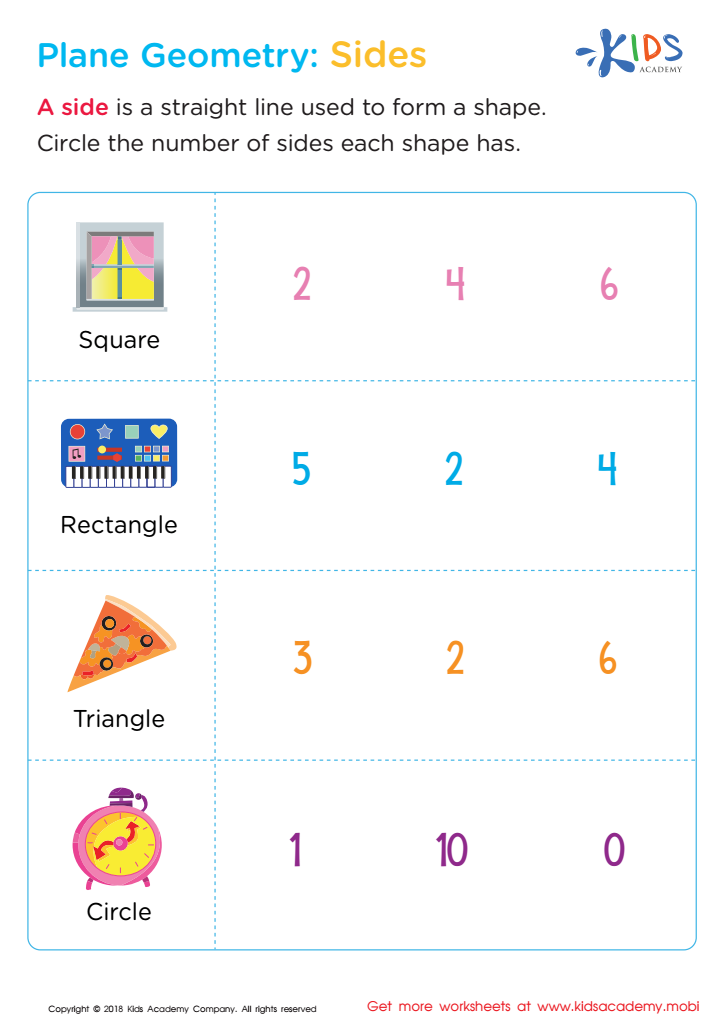

Plane Geometry: Sides Worksheet
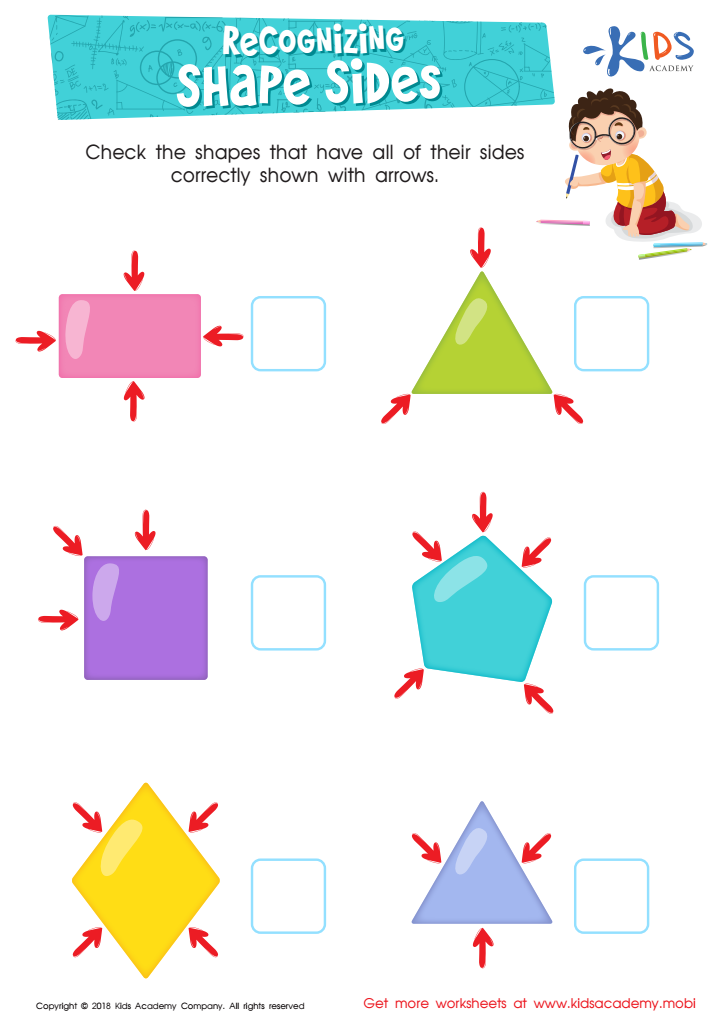

Recognizing Shape Sides Worksheet
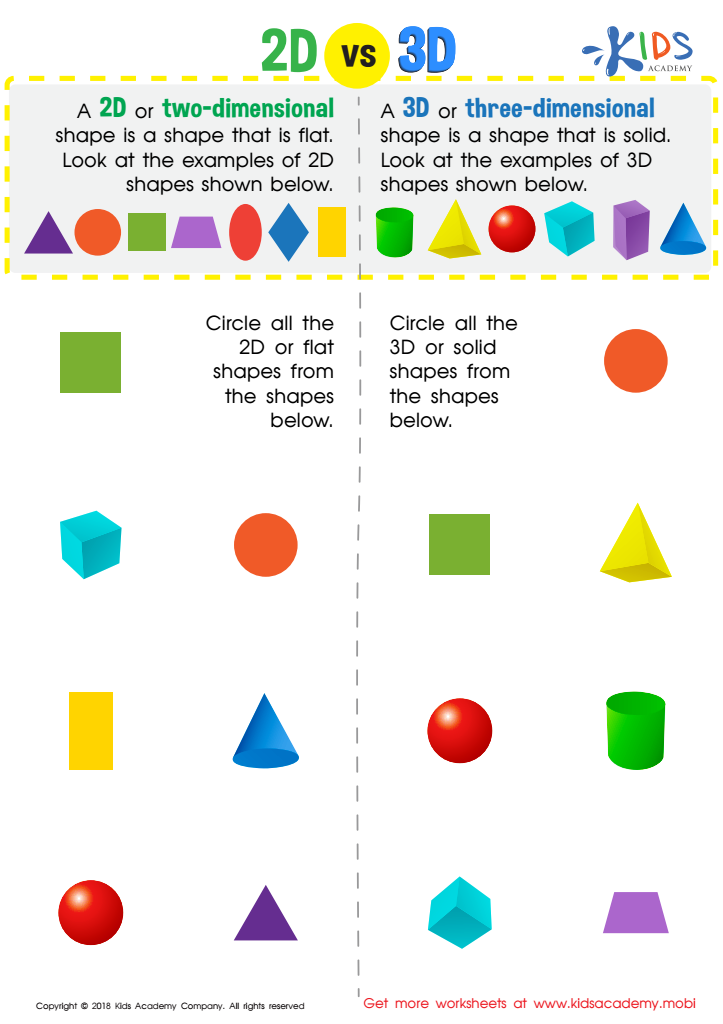

2D vs 3D Shapes Worksheet
Understanding normal 2D shapes is fundamental for children ages 3-9 as it forms the basis for their cognitive development and lays the groundwork for more complex learning in later years.
First, recognizing and distinguishing between shapes boosts visual-spatial intelligence. Young children learn to observe details, enhancing their ability to analyze the world around them. This kind of analytical thinking is essential for subjects like math and science, where patterns and structures play a crucial role.
Second, familiarity with shapes enhances problem-solving skills. By manipulating shapes, children learn concepts such as equality, classification, and symmetry, which are core principles in mathematical reasoning. These activities also foster fine motor skills through drawing and cutting, which are critical for writing later on.
Furthermore, learning about shapes assists in language development. Describing shapes requires vocabulary and communication skills, aiding children in expressing their thoughts more clearly.
Emotionally, mastering shapes provides a sense of achievement. This boosts self-esteem and fosters a positive attitude towards learning. When parents or teachers engage children with shapes through play-focused activities, they create a joyful and interactive educational environment.
In summary, caring about 2D shapes goes beyond basic geometry. It is essential for holistic development, blending cognitive, motor, language, and emotional growth during crucial early years.
 Assign to My Students
Assign to My Students















